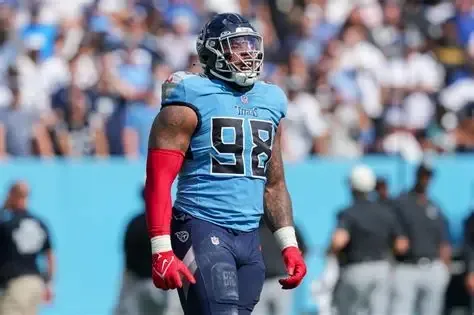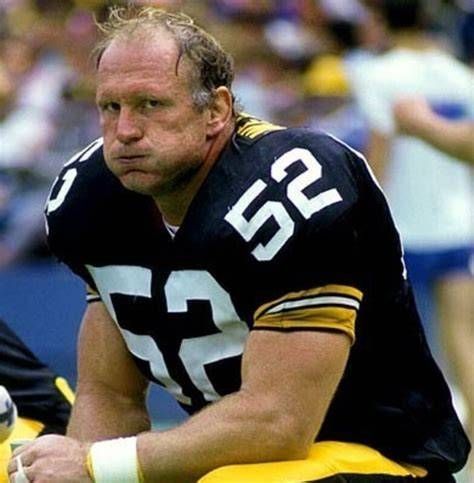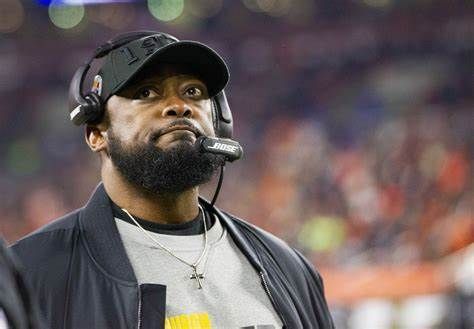Get Familiar: Here are Baseball's New Rules in 2023
Story by Yinzer Crazy Contributor Roger l. McNamara
Background. Children shooting a game of marbles abide by a set of rules, even if unwritten and not consciously thought of. So also do Major League baseball games --- governing pitchers, batters, base runners, umpires and official scorers --- the Rule Book stretches to 80 or 90 pages. Rarely until this past Winter have wholesale changes been invoked from one season to the next. But for reasons outlined below the play of the game evolved in ways displeasing to both participants and spectators, leading to the adoption of no fewer than Eight (8) additions to the Book heading into the 2023 campaign. The overall intent is to restore game times, offensive production and athleticism to where they stood 2-4 decades ago. With Spring Training and Opening Weekends now in the books it seems an opportune time to set the changes in front of us, including speculation as to whether intended results have or are likely to be realized.
Problems. The essential familiarities remain: it's still three strikes and y’er out; still ball 4 take your base; still three putouts to a half inning; still 9 innings scheduled for a game. Responding to a gradual but unyielding recent decades evolution in the architecture of an average Major League game that could no longer be ignored, Commissioner
Robert Manfred, club Owners, umpires and the Players Union collaborated in the rule changes. From 2003 through 2022, and in no special order of importance, the evolution included:
- time of games --- nine innings used to be transacted in fewer than 2hrs, 40 minutes. Last season no less than 3hrs 11 minutes were needed;
- ball in play --- much of the added time was passed idly, and people don’t come to the park to work on tax preparation or enjoyable book reading. It was not long ago that a ball was put into play every 2 minutes and 50 seconds. In 2022 that expanded to over four minutes, a burdensome 41% increase;
- defensive over shifting --- even a casual observer is familiar with the pattern. Facing a left handed batter the 2nd baseman retreats into short right field. A crisply hit 200-220 foot ground ball is scooped up and fired back to first ahead of the batter, what some decry as a “bastardized” 4-3 putout. No more. At each at bat the defense is now required to have four --- in addition to pitcher and catcher --- stationed in the skin part of the infield, and two of these must be between first and second, or second and third, respectively. The number of singles, doubles and triples has been in steady decline, along with aggregate batting and on-base averages;
- all or nothing at all --- as hard hit ground balls delivered progressively adverse results batters increasingly strove to hit ‘em where defensive alignments are immaterial --- over fences and walls. Home runs per game have been on the rise, but along with swinging attempts to “loft” the ball so have KO’s, the latter from just under 31,000 for all of 2003 to just under 41,000 in 2022. As a side note, the three outfielders can shift around and station themselves as they please.
Prominent Solutions.
Thus will various constraints go into effect this year, specifically applied to:
- the Pitcher --- 13 year veteran right hander Kenley Jansen --- this year joining the Boston Red Sox and owner of a sparkling 2.45 career ERA --- is the most consistently egregious offender, though by no means the only. He has averaged over 26 seconds between deliveries with the bases empty! He and others now need to step it up. From receipt of a “live” ball, the pitcher must initiate his delivery motion within 15 seconds, bases empty, 20 seconds with one or more runners aboard. Violation: a called ball; in addition, the hurler is allowed only two pickoff attempts on any runner. If a third results in a putout, the play stands. If not, it is ruled a balk. As a collateral measure a pitcher is allowed only one “step back” disengagement from the rubber per hitter. If a base runner is retired while the time at bat continuing a permitted “step back” is reinstated;
- Base runners --- Stolen base attempts have steadily declined. A few decades ago brought no fewer than 18 (!) speedsters gathering 40+ swipes in a single season Last year there were exactly two;
- the batter --- once the “pitch clock” begins to wind down he has 8 seconds to assume his stance in the box. He is now permitted only a single called “Time” per plate appearance. Violation: a called strike, including three. No more repeated stepping out, adjusting the gloves and helmets, and various other delays. These two changes alone are credited with a 25-26 minute shaving of game time, in the Minors where they have been enforced over recent seasons and this year in Spring Training exhibitions.
- bigger bases --- infield dimensions remain as before. But while the pitching rubber and home plate have been left unchanged, the infield bases are enlarged by 3 inches per side, so the distance between each is thus shortened by 4.5 feet. Here the intent is twofold: reduce base collision injuries and promote more aggressive base running. Each aim has been gratifyingly met in Minor League play;
- manager replay request --- this action must be signaled immediately following the play in question. Previously the dugout was given 10 seconds to decide if a review might help.
- scheduling --- for the first time in MLB history each team will have at least one scheduled series with each of the other 29, thus across both leagues. This results in fewer “intra-division” games, benefiting some, penalizing others. It is a feature of the 2023 changes most likely to be reversed in coming seasons;
- defensive shifting --- restrictions from prior years tactics have been cited above.
A Helpful Change Retained. Beginning in 2021 the start of any extra inning featured the placement of a “courtesy” runner on 2nd base, in the person of the batter retired for the 3rd out in the previous frame. It has been a successful move, intended to both shorten game times and give rest to pitchers’ arms. Last year one game only went beyond 15 innings, and it needed only the 16th for completion. The rule is retained as the new season gets underway, and will likely be a fixture for many more years.
Early going in the 2023 season is altogether gratifying. Comparatively few pitcher-hitter clock violations have been called; game times have been sharply pruned; singles are up, as are stolen bases are up. Concessioners may not appreciate their reduced opportunities to sell their products, but all other participants and viewers seem to approve.




